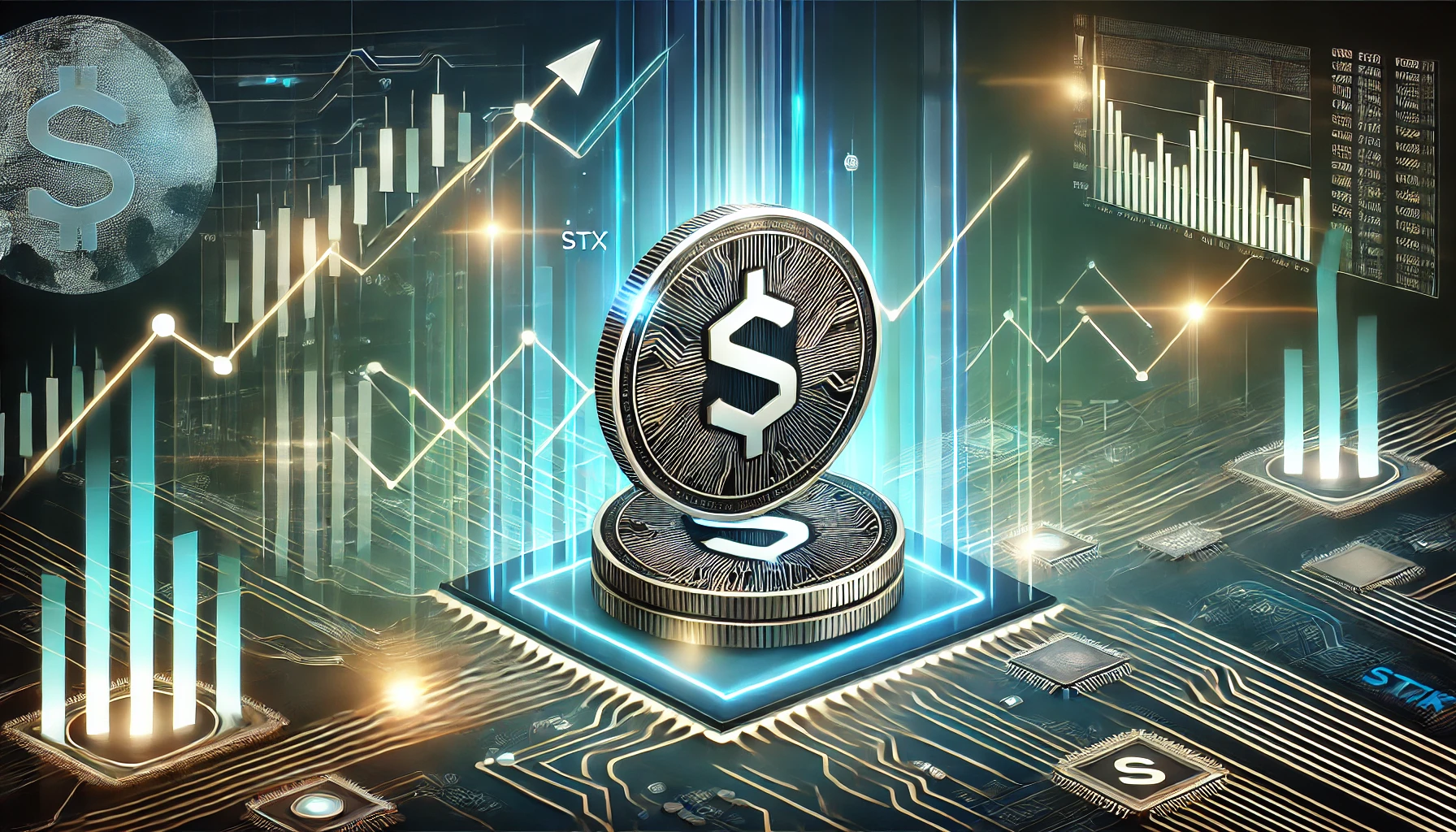Stacks (STX) is a decentralized blockchain platform designed to bring smart contracts and decentralized applications (dApps) to the Bitcoin network. Its unique technology allows developers to leverage the security and robustness of the Bitcoin blockchain while building sophisticated and scalable dApps. The Stacks cryptocurrency, STX, serves as the native token for the platform and is used to pay for transactions and execute smart contracts. This extensive article will provide an in-depth analysis of factors influencing Stacks crypto’s price and future growth potential, considering its technology, ecosystem, adoption, competition, and market dynamics.
Part 1: The Stacks Blockchain and Its Key Features
1.1. Enabling Smart Contracts on Bitcoin
Stacks was developed with the primary goal of bringing smart contracts functionality to the Bitcoin network. The platform uses a unique consensus mechanism called Proof of Transfer (PoX) that connects the Stacks blockchain to Bitcoin, allowing developers to build and deploy dApps without modifying the Bitcoin protocol.
1.2. Clarity Smart Contracts Language
The Stacks blockchain introduces Clarity, a new smart contract programming language designed for predictability, security, and scalability. Clarity is a decidable language, meaning that it allows developers to know the exact cost of executing a smart contract before deploying it. This feature reduces the risk of unforeseen complications and vulnerabilities.
1.3. Proof of Transfer (PoX) Consensus Mechanism
The PoX consensus mechanism links the Stacks blockchain to the Bitcoin network, allowing it to inherit Bitcoin’s security and robustness. In PoX, miners commit Bitcoin to mint new STX tokens, while STX holders can lock their tokens to earn Bitcoin rewards. This innovative consensus mechanism not only strengthens the Stacks network but also creates incentives for participants to secure and maintain the ecosystem.
Part 2: Stacks Ecosystem and Adoption
2.1. Decentralized Finance (DeFi)
The Stacks platform is well-suited for DeFi applications, thanks to its smart contract capabilities and connection to the Bitcoin network. DeFi projects built on Stacks can leverage the vast amount of value stored in Bitcoin, opening up new opportunities for decentralized lending, borrowing, and trading.
2.2. Non-Fungible Tokens (NFTs)
The Stacks platform enables the creation and trading of NFTs on the Bitcoin network. As NFTs continue to gain mainstream adoption, Stacks can become a popular choice for artists, creators, and collectors seeking to leverage the security and robustness of the Bitcoin blockchain.
2.3. Web 3.0 Applications
Stacks’ unique technology allows developers to build Web 3.0 applications that are censorship-resistant, user-owned, and powered by the Bitcoin network. These applications have the potential to disrupt various industries, including social media, gaming, and content creation.
Part 3: Competition and Market Dynamics
3.1. Competition
Stacks faces competition from other blockchain platforms with smart contract capabilities, such as Ethereum, Cardano, and Polkadot. To remain competitive, Stacks needs to demonstrate its unique value proposition and attract developers and users to its ecosystem.
3.2. Market Dynamics
The price of STX tokens is influenced by various factors, including market sentiment, demand for smart contract functionality on Bitcoin, and overall cryptocurrency market trends. The performance of competing platforms and the growth of the Stacks ecosystem will also play a critical role in determining the future value of STX tokens.
Part 4: Stacks Price Prediction and Factors to Consider
4.1. Price
The price of STX has shown significant growth over the past year, with its value increasing from $0.20 in March 2022 to $3.30 in March 2023. However, as with all cryptocurrencies, the price is volatile and subject to market fluctuations. Several factors could impact the future price of STX tokens.
4.2. Demand for Smart Contracts on Bitcoin
One of the primary factors influencing the price of STX tokens is the demand for smart contracts on the Bitcoin network. As more developers and users recognize the benefits of leveraging Bitcoin’s security and robustness for building dApps, the demand for STX tokens is likely to increase.
4.3. Ecosystem Growth and Adoption
The growth and adoption of the Stacks ecosystem are critical factors in determining the future value of STX tokens. As more DeFi projects, NFT marketplaces, and Web 3.0 applications are built on the Stacks blockchain, the demand for STX tokens is likely to increase. Similarly, as more users and investors participate in the Stacks ecosystem, the value of STX tokens may increase.
4.4. Competition
Competition from other blockchain platforms could also impact the future value of STX tokens. As mentioned earlier, Ethereum, Cardano, and Polkadot are some of the other popular blockchain platforms with smart contract capabilities. To remain competitive, Stacks needs to differentiate itself and demonstrate its unique value proposition to attract developers and users to its ecosystem.
4.5. Regulatory Environment
The regulatory environment surrounding cryptocurrencies is another critical factor that could impact the future price of STX tokens. Regulations that limit the use of cryptocurrencies or make it challenging to operate in certain regions could negatively impact the adoption and growth of the Stacks ecosystem, potentially resulting in a decrease in the value of STX tokens.
Conclusion
The Stacks blockchain has introduced a unique approach to bringing smart contract functionality to the Bitcoin network. Its PoX consensus mechanism, Clarity smart contract language, and connection to Bitcoin make it an attractive platform for developers and users seeking to leverage the security and robustness of the Bitcoin blockchain. However, as with all cryptocurrencies, the future growth and value of STX tokens are subject to several factors, including ecosystem growth, competition, market dynamics, and regulatory environment. It will be exciting to see how the Stacks ecosystem develops and how the price of STX tokens evolves in the future.

